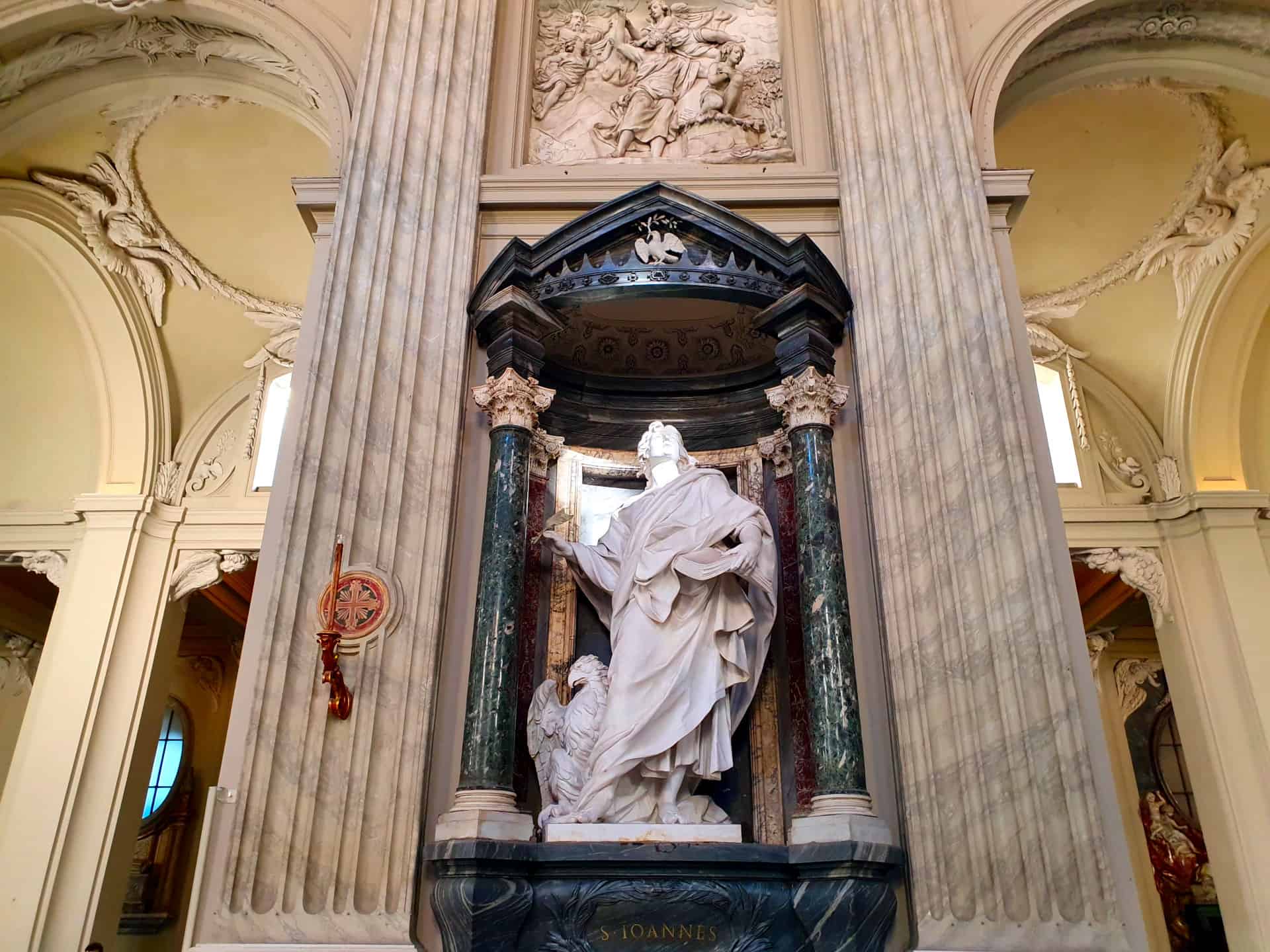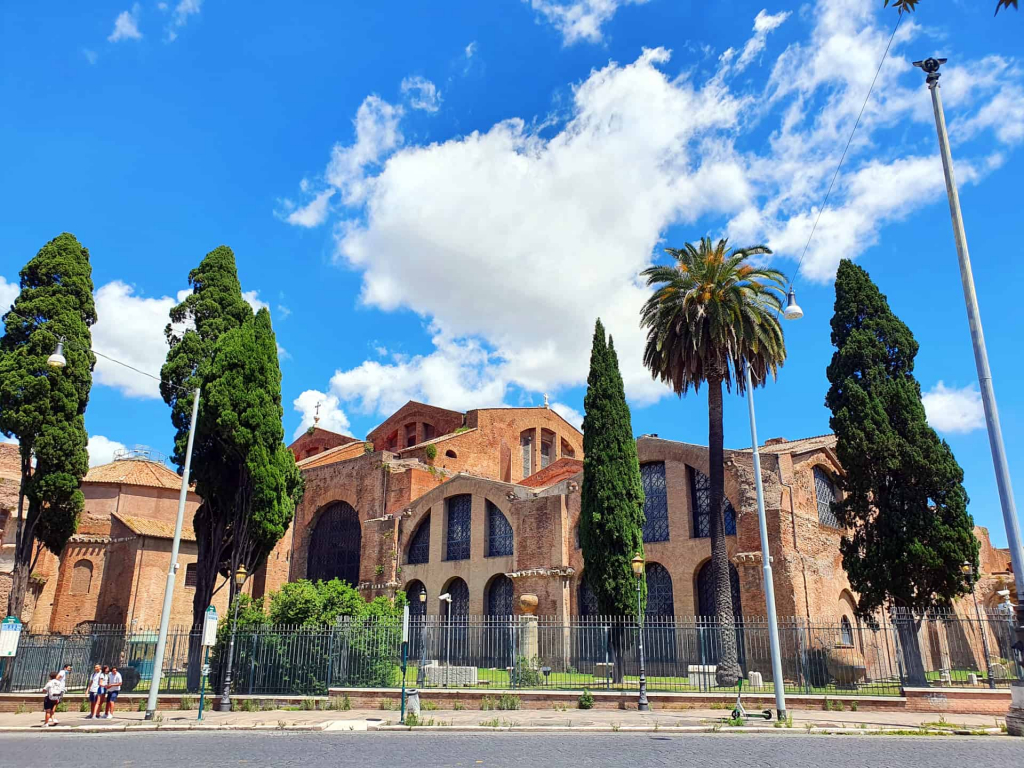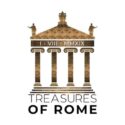
Saint John the Evangelist
The evangelist John is the main author of the Gospel of John. He was born around 15 AD in Bethsaida and died around 100 AD in Ephesus.
He was the son of Zebedee and Salome and brother of Jacobo the Elder. He was a fisherman and apparently had a rather energetic character. This earned him the surname of “Thunder Son” from Jesus.
He was called to be the fourth disciple of Jesus. Jesus counted him, as well as his brother James and Andrew, among the pillars of the early church. According to the testimony of the gospel of John, he was the only disciple under the cross where Jesus called him his favorite disciple.
The dying man entrusted his mother to him. He was also the first of the disciples to witness the empty tomb, and on Easter morning he also recognized the resurrected Christ first when he appeared at the Sea of Genezareth.
It remains unclear whether the son of Zebedee – John – and the favorite disciple – John – really were one and the same person. Apart from the fact that the names are the same, there are no compelling indications of this in John’s Gospel.

Saint John in Saint Peters (Rome)


Saint John in San Giovanni in Laterano (Rome)
Tradition puts the disciple John as exactly the same person as the evangelist John. He probably worked in Ephesus. The Gospel named after him and the three letters ascribed to him were written there, in the circle of the disciples of the apostle.
The Legenda Aurea tells in detail about John’s activity in Asia Minor, where he did not want to sacrifice in the temple of Artemis in Ephesus. Aristodemus, the chief priest of the temple, wanted to force John to sacrifice, otherwise he would have to drink the poison from which two criminals had already died before John’s eyes. John put the cross over the cup, the poison escaped as a snake, he drank without dying, threw his cloak at the criminals and they came to life, whereupon Aristodemus was converted.
After the legendary reports in the year 95 – it was the time of persecution under Emperor Domitian – John was then seized and brought to Rome.
At Porta Latina he was to suffer martyrdom in an oil cauldron, but the oil turned into a refreshing bath, he escaped unharmed and was banished to the island of Patmos, where he wrote the Book of Revelation.
After Domitian’s death, John was able to return to Ephesus, where he was received with great honours and wrote his Gospel.

In Ephesus John revived Drusiana, who had just passed away and was carried towards him.
After his last sermon, John climbed into the grave next to the altar before all eyes and died in a great light.
John is a wine saint, because around the time of his memorial day the fermentation time is over and the fresh wine, the Johannesminne, is drunk for the first time. The wine named after him is consecrated on this day; the priest hands it to the parish, which is allowed to taste John’s love with him.
This blessed wine was stored at home, served also as medicine and should provide a cure for all possible illnesses and protect against dangers.
He is the patron saint of various trades (e.g. sculptors, painters, booksellers, writers), civil servants and theologians. The winegrower, the friendship and the wine.
His assistance is requested in case of burns, for a good harvest, against poisoning, foot ailments and epilepsy. His name means ‘God is gracious’. His commemoration day is 27 December.

The Four Apocalyptic Beasts in Santa Maria dell’Anima (Rome)

Treasures of Rome – Rome Guided Tours
Roberto Alois Lautenschlager Kung
[email protected]
Partita IVA: 17002181000
“ROMA AETERNA EST”
Rome is eternal – (Albius Tibullus)






